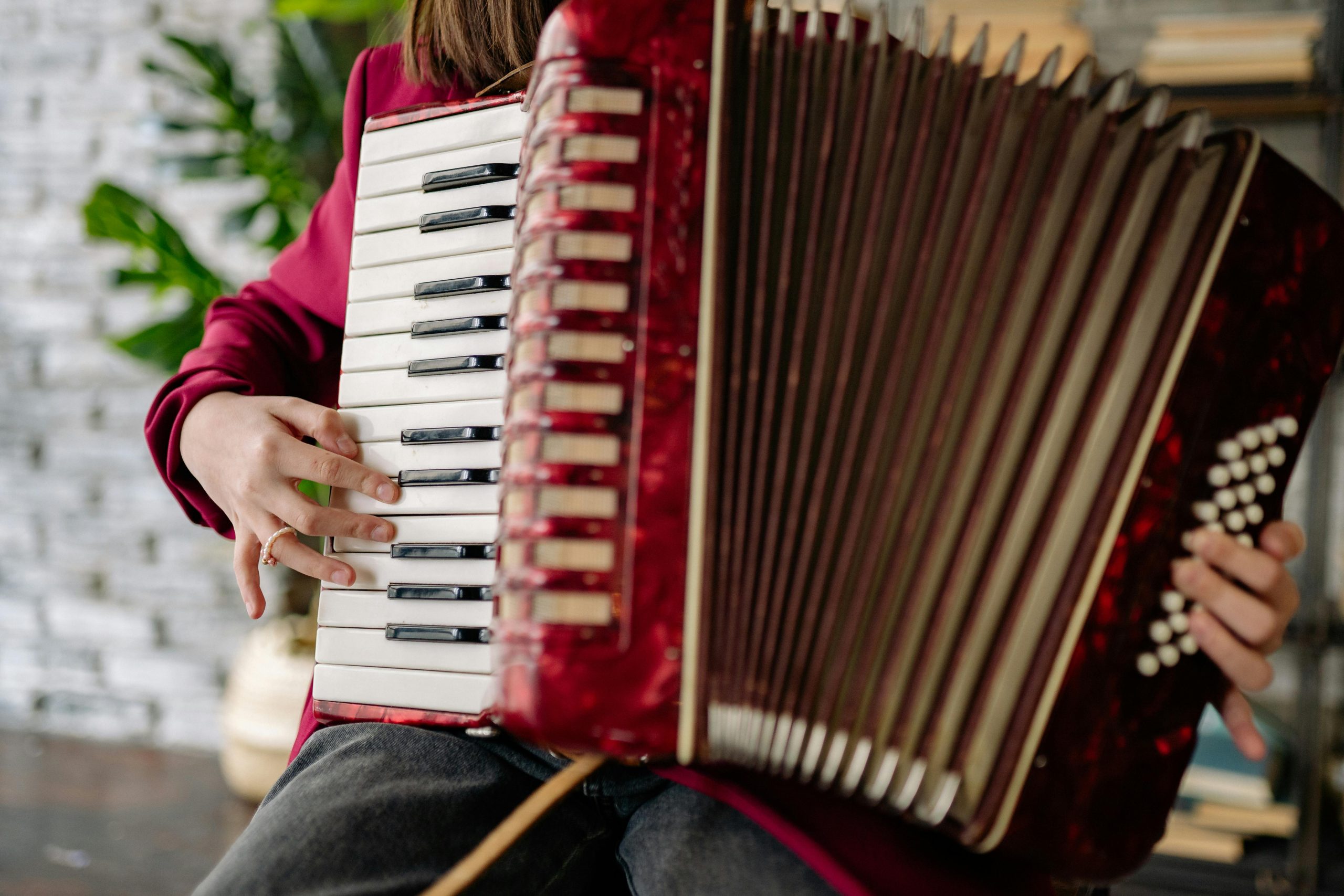Exploring Accessibility in Accordion Components with Embedded Buttons: Resources and Best Practices
Creating accessible interactive components is vital for inclusive web design, and accordions are no exception. However, designing accordions that include buttons within their headers presents unique challenges, especially concerning accessibility (a11y). This article delves into existing resources, discusses best practices, and explores how to implement accordions with nested buttons effectively.
Understanding the Accessibility Landscape for Accordions
Standard accessible accordion implementations typically rely on a <button> element as the trigger, utilizing ARIA attributes like aria-expanded, aria-controls, and proper focus management to ensure usability for all users. These implementations focus primarily on toggling content visibility and maintaining keyboard accessibility.
However, when adding interactive elements such as buttons within the accordion header, standard patterns face limitations. Placing additional <button> elements inside an element already designated as a trigger can create confusing or conflicting accessibility semantics, complicating focus order and screen reader interpretation.
Common Patterns and Their Limitations
One prevalent approach is designing compound components—sometimes called “card” components—where the entire card acts as a button to toggle content, and embedded buttons offer additional actions (e.g., “Like,” “Share,” or “Edit”). An excellent resource on this pattern is the Inclusive Components Card Pattern, which showcases how to make composite components accessible and interactive.
While this approach works well for cards, applying similar principles directly to accordions introduces challenges. Accordions traditionally have a single toggle button, and embedding additional actionable buttons within headers must be handled carefully.
Challenges with Buttons Inside Accordion Headers
Using a standard <button> as the accordion trigger and nesting other <button> elements inside it is invalid HTML—buttons cannot be nested within other buttons. Alternatives like using <div> or <span> elements as triggers necessitate managing ARIA roles and properties meticulously, which can be error-prone.
Best Practices for Accessible Accordion with Embedded Buttons
- Separate Toggle and Action Buttons:
- Use a non-interactive container (e.g.,
<div role="heading">) as the header. - Inside this header, include an
<button>element that controls the expansion/collapse. -
Place additional
<button>elements for actions separately within the header or associated content but outside the toggle button itself. -
Implement ARIA Properly:
- Assign `[aria-expanded](https://developer.mozilla.org/en

